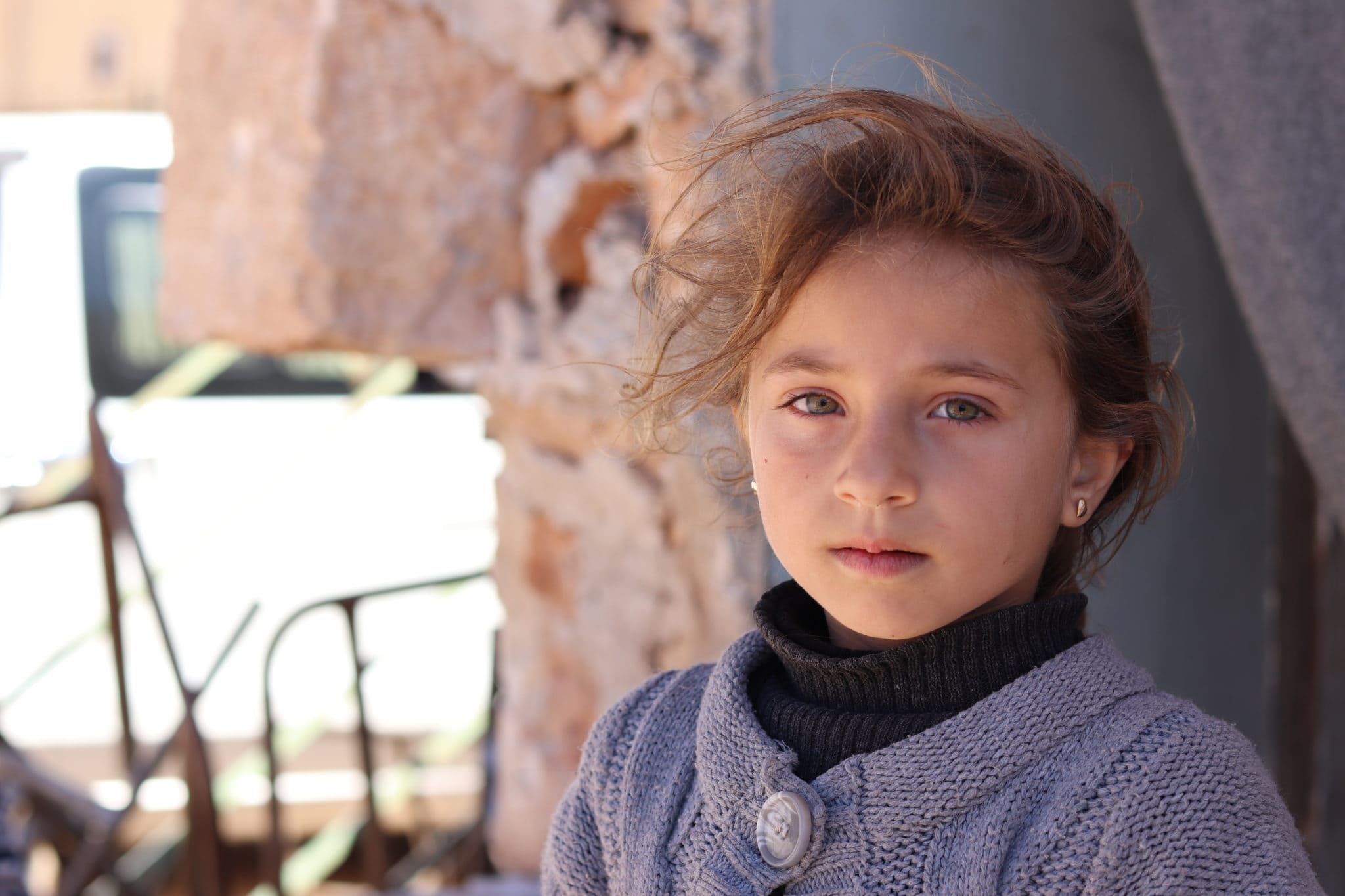Levels and Trends in Child Mortality
United Nations Inter-Agency Group for Child Mortality Estimation (UN IGME), Report 2018

Every five seconds, a child under the age of 15 dies.
The vast majority of these deaths happen in the first five years of life, and most could have been prevented by simple solutions like medicines, clean water, electricity, vaccines and more health facilities and doctors.
The latest Levels and Trends in Child Mortality: Report 2018 from UNICEF and partners in the UN Inter-Agency Group for Child Mortality Estimation (UN IGME), shows the full scope of child and mortality rates across the world – from newborns to adolescents.
The report finds that most children under 5 die from preventable or treatable causes like complications during birth, pneumonia, diarrhoea, neonatal sepsis and malaria. On average, under-five mortality rates among children in rural areas are 50 per cent higher than children in urban areas.
By comparison, for children 5 to 14 years old, injuries become a more prominent cause of death, especially from drowning and road traffic injuries. Within this age group, the risk of dying for a child from sub-Saharan Africa is 15 times higher than in Europe.
These deaths – particularly the regional and socio-economic disparities – reflect the broader influence of sustainable social and economic development on children’s health. Basic health services like vaccination, medical treatment, adequate nutrition and clean water and sanitation become matters of life and death when children and young adolescents don’t have access to them.
Reducing inequalities is essential for ending these preventable childhood deaths, and for ensuring that no one is left behind.
Explore the data